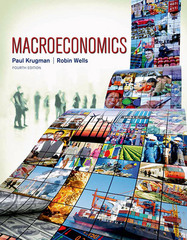Question
Raj Chetty's adoption of new policy tools, such as loss framing and salience, are interesting. It illustrates the psychological principles of behavioral economics, showing how
Raj Chetty's adoption of new policy tools, such as loss framing and salience, are interesting. It illustrates the psychological principles of behavioral economics, showing how altering the context can drive behavioral changes. For example, offering a sales credit on hybrid cars creates an immediate perception of discount for customers, compared to waiting for tax season. Given that many customers have already been planning a car purchase, the allure of a sales credit as an immediate incentive is great. It demonstrates our inclination towards instant gratification.
Loss framing is equally interesting as it exposes the impact of income loss on behavior. Chetty states that when teachers faced the threat of losing their livelihood, they performed better, indicating the profound effect of potential loss on their current lifestyle. In contrast, offering only a bonus makes high performance seem optional, as there's nothing to lose.
My question is regarding the observation of low poverty areas and children's social mobility. I wonder to what extent does moving to a low poverty area increases social mobility? Could it be an instance where too much of something, in this case, opportunities and connection, actually causes the individual to earn less in the long run? Or is it only linear, guaranteeing that social mobility always increases with proximity to low poverty areas.
Step by Step Solution
There are 3 Steps involved in it
Step: 1

Get Instant Access to Expert-Tailored Solutions
See step-by-step solutions with expert insights and AI powered tools for academic success
Step: 2

Step: 3

Ace Your Homework with AI
Get the answers you need in no time with our AI-driven, step-by-step assistance
Get Started


